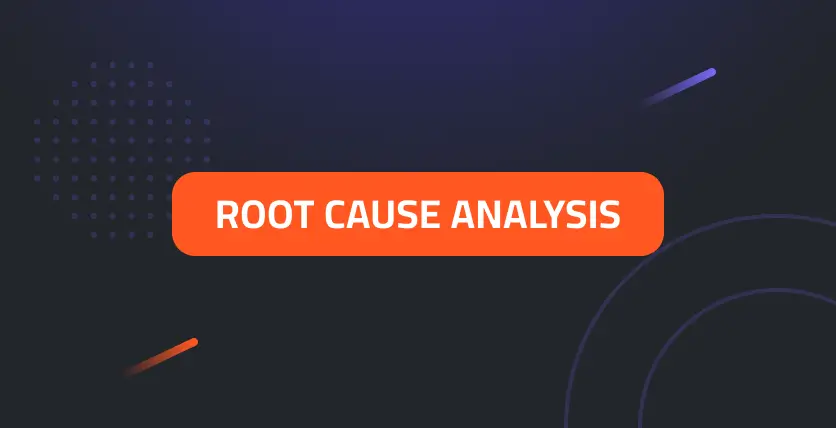- Relevance
- Alphabet order
- Date published

Performance of a service based on specific metrics like latency, availability, or error rates to ensure reliability standards are met.

Represents a commitment between a service provider and one or more customers and addresses specific aspects of the service, such as responsibilities, details on the type of service, expected performance level (e.g., reliability, acceptable quality, and response times), and requirements for reporting, resolution, and termination.

Selecting a subset of telemetry data to analyze, enabling efficient monitoring and anomaly detection without processing the entire data set.

Automating standard IT procedures and workflows to quickly resolve incidents, optimize operations, and reduce manual intervention using AI-driven decision-making.

The identification of underlying causes associated with a particular set of risks.

Duration it takes for an IT system to return to normal operation after an issue is detected and resolved using AI-driven insights and automated workflows.

In the sponge construction, the number of input bits processed per invocation of the underlying function

Ability to monitor, analyze, and optimize IT systems' health and performance using real-time data insights for proactive issue detection and resolution

Delay in data transmission across a network that Selector detects and optimizes using AI-driven insights for faster and more reliable IT operations.

Average time taken to resolve IT incidents or anomalies, reduced through AI-driven automation and predictive analytics for faster issue detection and resolution.

Time it takes to prove that an IT system is not the cause of an incident, using AI-driven analytics for rapid issue isolation.
